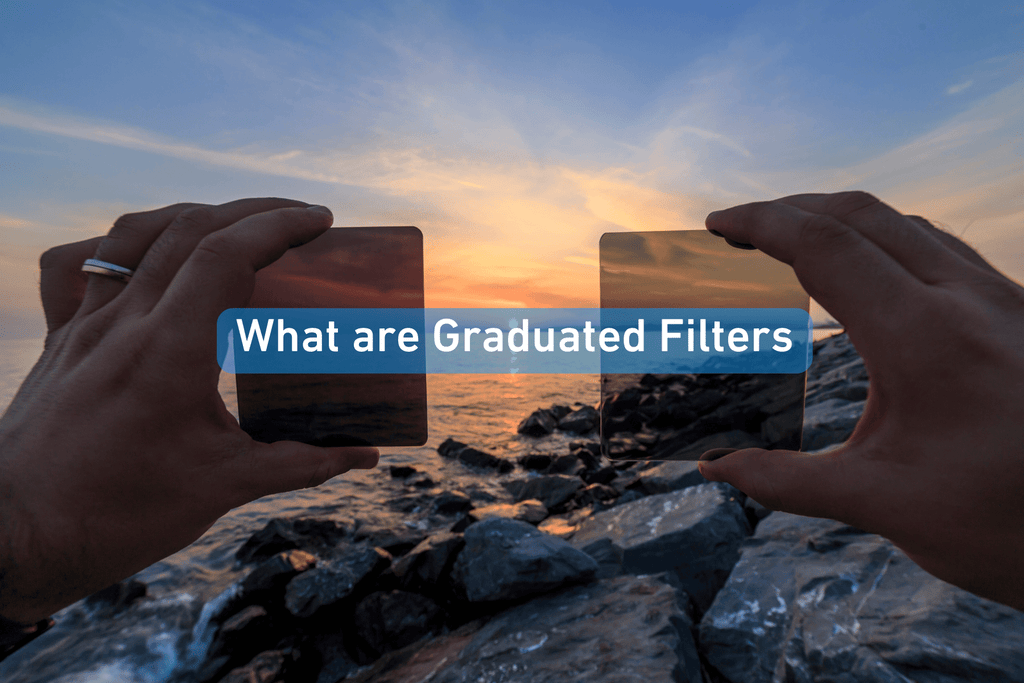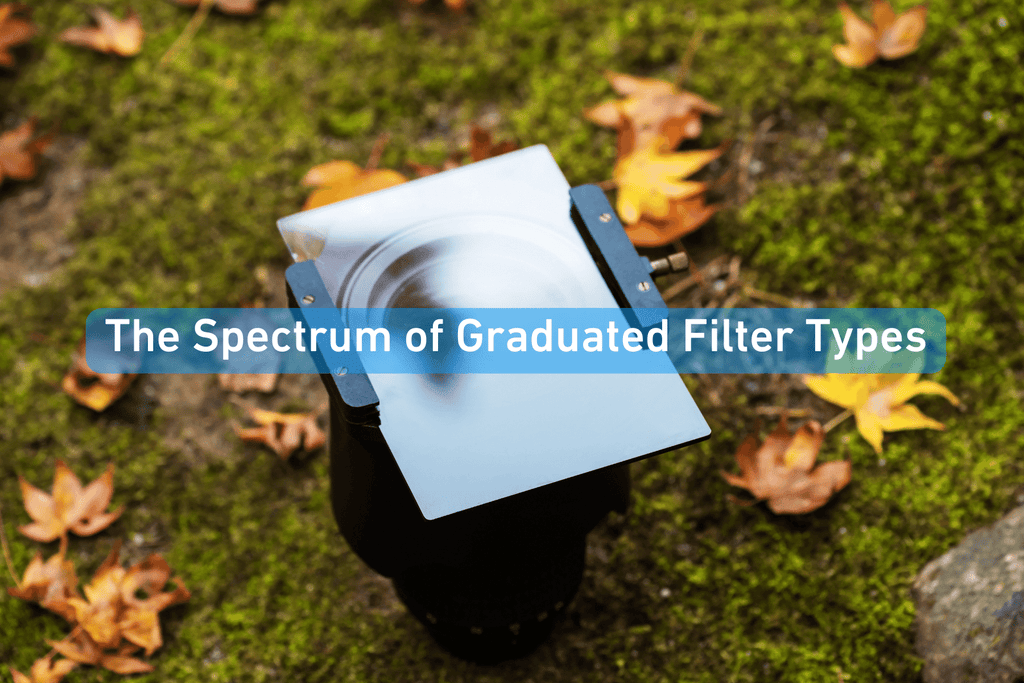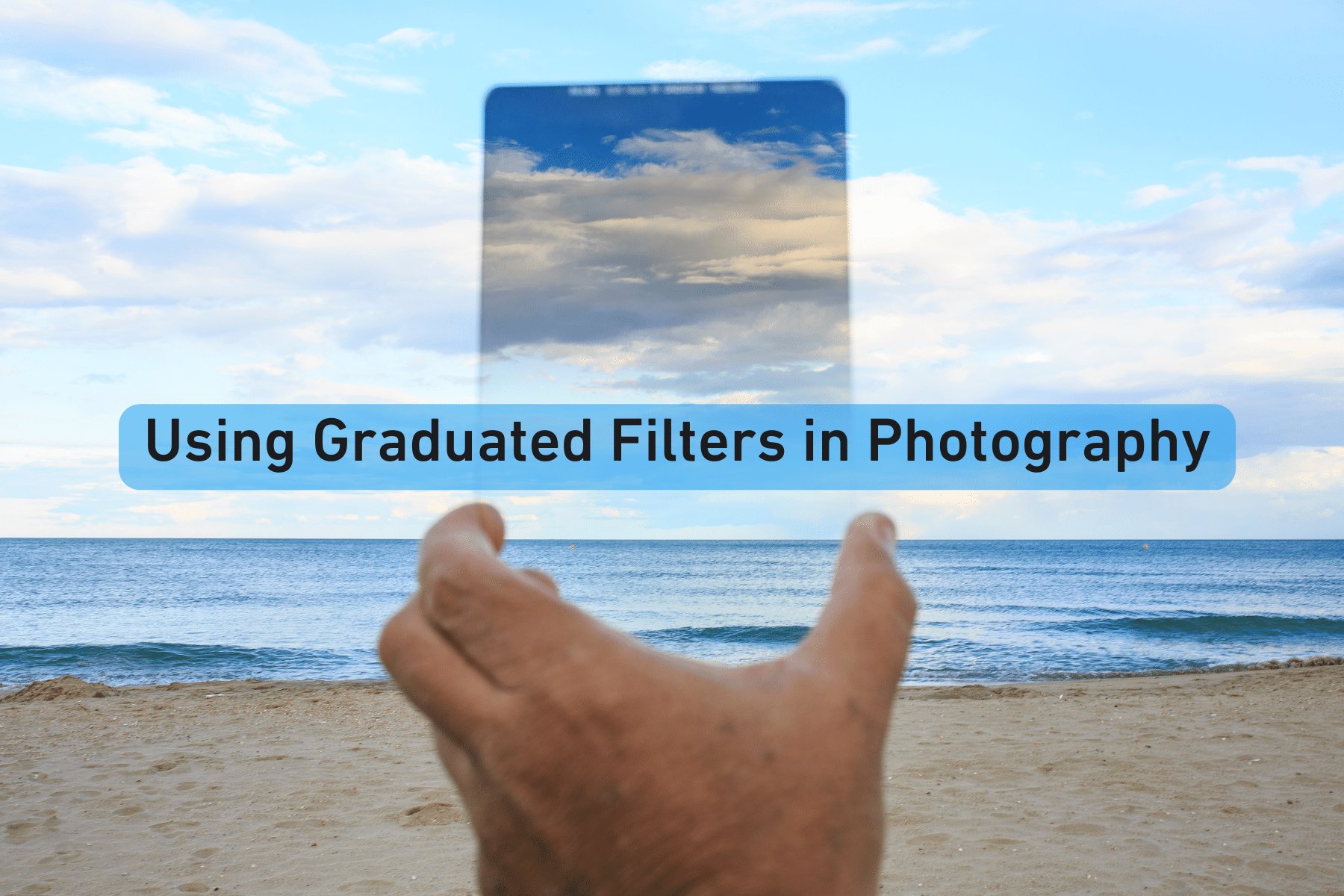Photography is a dance with light, a delicate balance that often poses challenges, especially when faced with dynamic scenes and varying exposures. Enter graduated filters – the unsung heroes of a photographer's toolkit. These filters, also known as ND grads (neutral density graduated filters), are indispensable for exercising nuanced control over exposure and contrast. This extensive guide will unravel the diverse applications, assorted types, and fine glass qualities of graduated filters.
Shop: Graduated Filters

What are Graduated Filters
Graduated filters are optical wonders featuring a gradient of darkness, transitioning seamlessly from clear to a specific density. With variations in soft, rigid, or medium edges, these filters allow photographers to finely manipulate exposure across different segments of an image. Typically square or rectangular, they are affixed to the camera lens via a filter holder.

Exploring the Uses of Graduated Filters
Exposure Harmonization:
- At its core, graduated filters excel at balancing exposure, especially in scenes where the sky's brightness dwarfs that of the foreground. Think of a sunrise or sunset where the sky is ablaze but risks overshadowing the landscape. A graduated filter steps in, tempering the sky's brilliance to bring it in harmony with the rest of the frame.
Contrast Maestro:
- Managing contrast in high-dynamic-range scenes is another forte of graduated filters. By attenuating light in brighter areas, these filters preserve intricate details in highlights and shadows, producing a photograph with equilibrium and visual allure.
Artistic Flourish:
- Graduated filters aren't merely functional; they are artists' tools. Filters in warm hues, like tobacco or sunset tones, inject warmth into a scene, elevating mood and infusing images with a captivating essence.

The Spectrum of Graduated Filter Types
Soft-Edge Graduated Filters:
- Characterized by a gentle transition between clear and dark sections, soft-edge filters suit scenes with subtle brightness shifts. Think of expansive landscapes with a gradual horizon, where these filters seamlessly blend light and shadow.
Hard-Edge Graduated Filters:
- If your scene boasts a crisp and unambiguous horizon – a city skyline or an ocean meeting the sky – hard-edge filters with an abrupt transition are your go-to. Precision is the name of the game here.
Medium Graduated Filters:
- Medium graduated filters offer versatility. Ideal for scenes with moderately defined transitions, they provide a middle ground for photographers seeking flexibility in their compositions.

Crafting Light with Premium Glass Qualities
Optical Precision:
- The heart of any graduated filter lies in its optical quality. Top-tier filters employ precisely ground optical glass, minimizing aberrations and ensuring images retain sharpness and true-to-life colors.
Coating Craftsmanship:
- Multi-coating, a hallmark of premium filters, protects against reflections and boosts light transmission. This feature becomes instrumental in preserving image integrity, preventing unwanted artifacts from creeping into your shots.
Sturdy Construction:
- The thickness of a filter is to be noticed, especially in the era of wide-angle lenses. Thinner yet robust filters mitigate the risk of vignetting. A filter's durability, complete with anti-scratch coatings, is paramount for enduring the demands of outdoor photography.
Holder Harmony:
- Compatibility with filter holder systems is a practical consideration. For photographers juggling multiple filters, like a graduated filter coupled with a circular polarizer, ensuring seamless stacking capabilities is essential for unhindered creative control.

Gradually Understanding
As the sun gracefully dipped below the horizon, enveloping the world in a rich, golden embrace, I instinctively reached for my graduated filters – a quiet powerhouse within my photographic toolkit. With the sunset's intense hues threatening to overwhelm the scene, achieving that delicate balance became my photographic mission. Securing the graduated filter onto my lens, I marveled at its seamless transition from clarity to a gentle, warm tonality. The filter unveiled its enchantment, gently subduing the brilliance of the sunlit sky while delicately preserving every intricate detail of the landscape below.
The result was enchanting – a photograph capturing the sunset's vivid palette and narrating the nuanced interplay of light and shadow in a beautifully choreographed spectacle. In that brief moment, the graduated filter wove its alchemy, transforming a mesmerizing sunset into a visual symphony, enabling me to craft an image that echoed the breathtaking poetry of nature.
As you embark on your photographic journey, let the nuanced world of graduated filters be your ally in shaping and crafting light. From achieving exposure equilibrium to weaving artistic nuances into your frames, these filters are the conduits of creative expression. By understanding their types and glass qualities, photographers can navigate the visual realm with precision and clarity. So, when the next photographic adventure unfolds, reach for your graduated filter – the key to unlocking a realm where your creativity dances with the brilliance of captured light.
Related article: Camera Settings for Sunset
Related article: Reflections in Photography
Related article: Golden Hour - The Key to Better Golden Hour Photography
Related article: Camera Settings for Sunset
Related article: Symmetry and Symmetrical Framing












